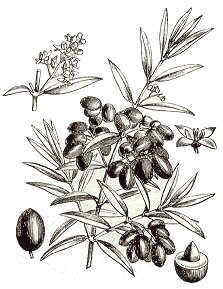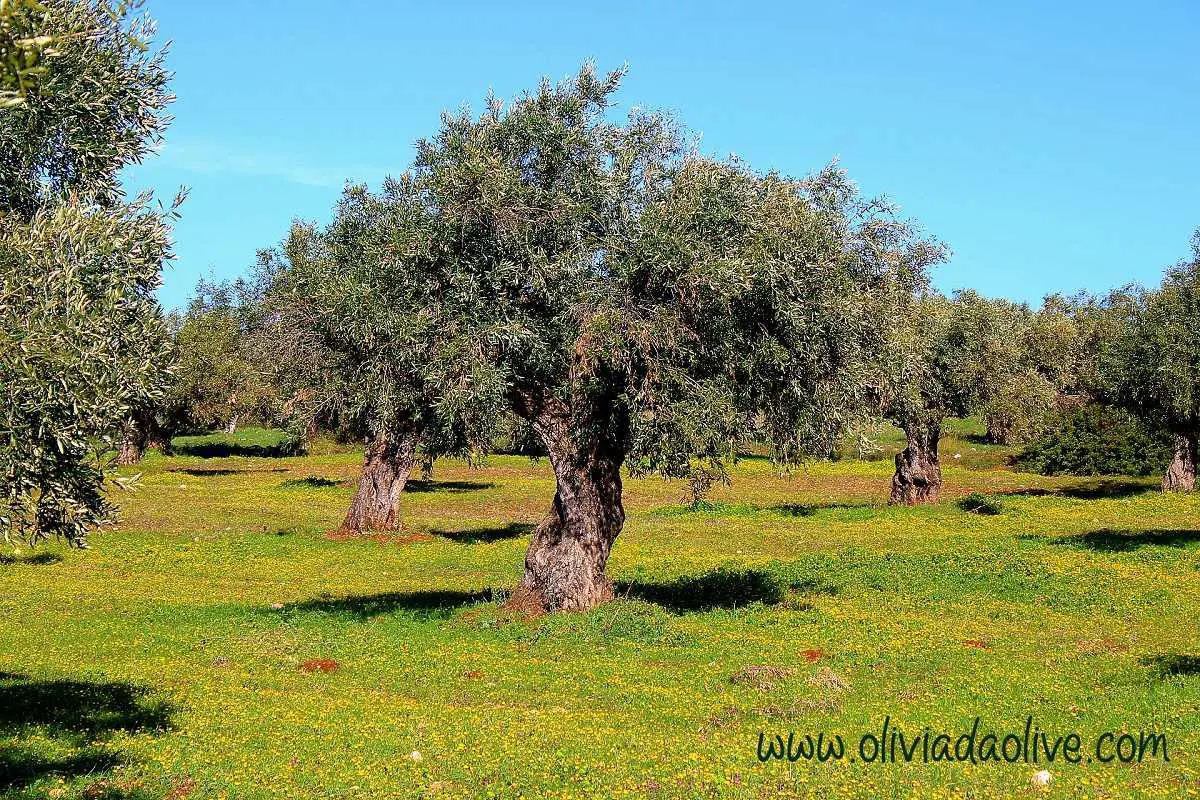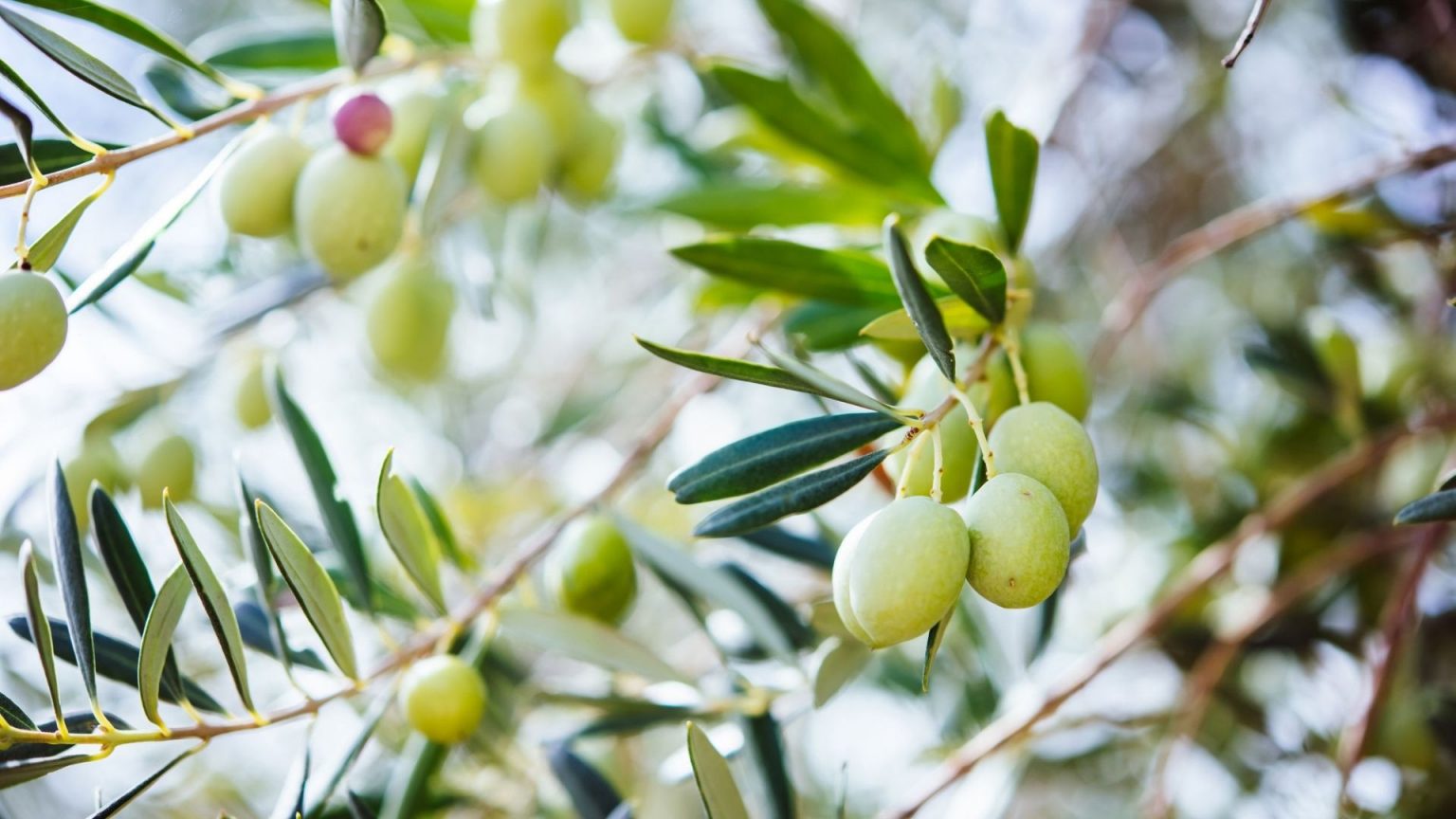What Makes Olive Trees So Special?
Olive trees have been a symbol of peace, prosperity, and good health for thousands of years, with a rich history and cultural significance that spans across the Mediterranean region. These incredible trees have adapted to different environments, from the rugged hills of Greece to the sun-kissed landscapes of Italy, and have become an integral part of the region’s cuisine, culture, and identity. The olive tree’s ability to thrive in challenging conditions has made it a revered and iconic symbol, representing the values of resilience, hope, and abundance.
One of the most fascinating aspects of olive trees is their unique characteristics, which have been captured in stunning pictures of an olive tree that showcase their beauty and diversity. From the gnarled trunks of ancient trees to the vibrant green leaves and fruit of younger ones, olive trees are a true marvel of nature. Whether you’re an artist, a designer, or simply someone who appreciates the beauty of nature, olive trees are sure to inspire and captivate.
In addition to their aesthetic appeal, olive trees have also played a significant role in shaping the culture and traditions of the Mediterranean region. From the ancient Greeks to modern-day Italians, olive trees have been a source of food, oil, and inspiration, with their wood, leaves, and fruit being used in a variety of ways. Whether it’s the delicious taste of olive oil, the fragrance of olive wood, or the symbolism of olive branches, these incredible trees have left an indelible mark on human history.
As we explore the world of olive trees, we begin to appreciate the significance of these incredible plants and the role they play in our lives. From the stunning pictures of an olive tree that adorn our walls to the delicious olive oil that flavors our food, olive trees are a true treasure that deserves our respect, admiration, and appreciation.
How to Identify an Olive Tree: Characteristics and Features
Identifying an olive tree can be a straightforward process if you know what to look for. One of the most distinctive features of an olive tree is its shape, which can vary from a small, shrub-like tree to a large, sprawling canopy. The tree’s size can also be a giveaway, with mature olive trees typically growing to between 10 and 40 feet in height.
The leaves of an olive tree are another key identifying feature. They are typically a deep green color, with a silvery-gray underside, and are arranged in an opposite pattern on the stem. The leaves are also relatively small, measuring between 2 and 4 inches in length. In addition to the leaves, the fruit of the olive tree is also a distinctive feature. Olives are small, green or black fruits that grow in clusters on the branches of the tree.
When trying to identify an olive tree, it’s also important to consider the tree’s bark and trunk. The bark of an olive tree is typically gray or brown in color, and is often rough and gnarled. The trunk of the tree can also be a giveaway, with mature olive trees often having a twisted, irregular shape.
For those who want to learn more about olive trees, there are many pictures of an olive tree available online that showcase the tree’s unique characteristics and features. These images can be a valuable resource for anyone looking to identify an olive tree, and can also provide inspiration for gardeners and landscapers looking to incorporate olive trees into their designs.
In addition to its physical characteristics, the olive tree is also known for its adaptability and hardiness. Olive trees can thrive in a variety of environments, from hot and dry climates to cooler and more temperate regions. This adaptability has made the olive tree a popular choice for gardeners and landscapers around the world.
Olive Tree Pictures: A Showcase of Beauty and Diversity
Olive trees are a photographer’s dream, with their gnarled trunks, twisted branches, and vibrant green leaves providing a wealth of visual interest. Whether you’re a professional photographer or simply a nature enthusiast, pictures of an olive tree can be a great way to capture the beauty and essence of these incredible trees.
In this showcase, we’ll take a look at some stunning olive tree pictures that highlight the diversity and beauty of these trees. From the rolling hills of Tuscany to the sun-kissed landscapes of Greece, we’ll explore the many different environments in which olive trees thrive.
One of the most striking things about olive trees is their ability to adapt to different environments. Whether they’re growing in a lush garden or a rugged landscape, olive trees always seem to find a way to thrive. This adaptability is reflected in the many different types of olive tree pictures that are available, each one showcasing the tree’s unique characteristics and features.
For example, some olive tree pictures feature the tree’s beautiful fruit, which is a staple of Mediterranean cuisine. Others showcase the tree’s stunning flowers, which bloom in the spring and fill the air with their sweet fragrance. And then there are the pictures that focus on the tree’s gnarled trunk and twisted branches, which provide a glimpse into the tree’s rich history and cultural significance.
Whether you’re looking for inspiration for your next photography project or simply want to appreciate the beauty of olive trees, this showcase of olive tree pictures is sure to delight. With their stunning visuals and rich cultural significance, olive trees are a true marvel of nature that deserve to be celebrated and appreciated.
In addition to their aesthetic appeal, olive tree pictures can also be used in a variety of creative ways. For example, they can be used as a backdrop for a website or social media page, or as a design element in a brochure or catalog. They can also be used to create beautiful works of art, such as paintings or prints, that showcase the tree’s unique characteristics and features.
The Symbolism of Olive Trees in Art and Literature
Olive trees have been a symbol of peace, prosperity, and good health for thousands of years, and their significance extends far beyond their practical uses. In art and literature, olive trees have been used to represent a wide range of themes and ideas, from the sacred to the mundane.
In Greek mythology, the olive tree was associated with the goddess Athena, who was said to have created the tree as a gift to the people of Athens. The olive tree was also a symbol of wisdom, peace, and prosperity in ancient Greece, and was often depicted in art and literature as a symbol of these values.
In biblical stories, the olive tree is also a symbol of peace and prosperity. In the book of Genesis, the olive tree is described as a symbol of God’s promise to Noah after the flood, and in the book of Revelation, the olive tree is described as a symbol of the heavenly city.
In addition to their symbolic meaning, olive trees have also been depicted in art and literature as a symbol of beauty and tranquility. In paintings and photographs, olive trees are often depicted in idyllic landscapes, surrounded by rolling hills and sparkling water. These images evoke a sense of peace and serenity, and are often used to promote relaxation and well-being.
For those who want to learn more about the symbolism of olive trees in art and literature, there are many pictures of an olive tree available online that showcase the tree’s significance in different cultures and contexts. These images can be a valuable resource for anyone interested in exploring the symbolic meaning of olive trees, and can provide inspiration for artists, writers, and designers.
Overall, the symbolism of olive trees in art and literature is a rich and complex topic that reflects the tree’s significance in different cultures and contexts. Whether you’re interested in exploring the tree’s symbolic meaning or simply want to appreciate its beauty, olive trees are a fascinating subject that continues to inspire and captivate people around the world.
How to Care for an Olive Tree: Tips and Tricks
Caring for an olive tree requires attention to its specific needs, including pruning, watering, and fertilization. By following these tips and tricks, you can help your olive tree thrive and produce delicious olives for years to come.
Pruning is an essential part of olive tree care, as it helps to maintain the tree’s shape and promote healthy growth. Prune your olive tree in the late winter or early spring, removing any dead or damaged branches. This will help to encourage new growth and prevent disease.
Watering is also crucial for olive trees, especially when they’re young. Water your tree regularly, but make sure not to overwater, as this can lead to root rot and other problems. A good rule of thumb is to water your olive tree when the top inch of soil feels dry to the touch.
Fertilization is another important aspect of olive tree care. Feed your tree with a balanced fertilizer in the spring and summer months, following the manufacturer’s instructions. This will help to promote healthy growth and fruit production.
In addition to these tips, there are many other ways to care for your olive tree. For example, you can use pictures of an olive tree to help you identify any potential problems or pests. You can also use these images to inspire your pruning and training techniques, helping you to create a beautiful and healthy tree.
Protecting your olive tree from pests and diseases is also important. Keep an eye out for signs of infestation or infection, such as yellowing leaves or black spots on the fruit. If you notice any problems, take action quickly to prevent them from spreading.
By following these tips and tricks, you can help your olive tree thrive and produce delicious olives for years to come. Whether you’re a seasoned gardener or just starting out, caring for an olive tree can be a rewarding and enjoyable experience.
Olive Tree Varieties: A Guide to Different Types
There are many different varieties of olive trees, each with its own unique characteristics, growth habits, and uses. Some popular varieties include ‘Arbequina’, ‘Koroneiki’, and ‘Frantoio’, which are known for their high-quality fruit and oil production.
‘Arbequina’ is a popular variety of olive tree that is known for its small, round fruit and high-quality oil. It is a compact tree that is well-suited to small gardens and landscapes, and is often used in ornamental plantings.
‘Koroneiki’ is another popular variety of olive tree that is known for its high-quality fruit and oil. It is a large tree that is well-suited to commercial plantings, and is often used in olive oil production.
‘Frantoio’ is a classic variety of olive tree that is known for its high-quality fruit and oil. It is a large tree that is well-suited to commercial plantings, and is often used in olive oil production.
In addition to these popular varieties, there are many other types of olive trees that are worth considering. For example, ‘Picual’ is a variety of olive tree that is known for its high-quality fruit and oil, and is often used in olive oil production. ‘Hojiblanca’ is another variety of olive tree that is known for its high-quality fruit and oil, and is often used in olive oil production.
When selecting an olive tree variety, it’s essential to consider factors such as climate, soil type, and intended use. By choosing the right variety for your specific needs, you can ensure that your olive tree thrives and produces high-quality fruit and oil.
For inspiration and guidance, you can also look at pictures of an olive tree to see the different varieties and their characteristics. These images can help you visualize the different types of olive trees and make an informed decision when selecting a variety for your garden or landscape.
Using Olive Tree Pictures in Design and Decoration
Olive tree pictures can be a beautiful and unique addition to any design or decoration project. Whether you’re looking to create a stunning wallpaper, a vibrant fabric, or a breathtaking piece of art, olive tree images can add a touch of elegance and sophistication to your work.
One of the most popular ways to use olive tree pictures is in wallpaper design. By incorporating high-quality images of olive trees into your wallpaper, you can create a stunning and immersive environment that transports you to the sun-kissed hills of the Mediterranean.
Olive tree pictures can also be used in fabric design, adding a touch of natural beauty to clothing, upholstery, and other textiles. Whether you’re looking to create a bold and eye-catching print or a subtle and understated pattern, olive tree images can add a unique and captivating element to your design.
In addition to wallpaper and fabric design, olive tree pictures can also be used in a variety of other creative projects. For example, you can use them to create stunning pieces of art, such as paintings or prints, that showcase the beauty and majesty of olive trees.
For inspiration and guidance, you can look at pictures of an olive tree to see the different ways in which they can be used in design and decoration. These images can help you visualize the possibilities and get started on your next creative project.
When using olive tree pictures in design and decoration, it’s essential to consider the overall aesthetic and mood you want to create. By choosing images that reflect the beauty and elegance of olive trees, you can create a stunning and immersive environment that transports you to the heart of the Mediterranean.
Conclusion: The Timeless Beauty of Olive Trees
Olive trees are truly one of the most incredible and iconic trees in the world. With their rich history, cultural significance, and adaptability to different environments, it’s no wonder why they’ve been a symbol of peace, prosperity, and good health for thousands of years.
From their stunning physical characteristics to their importance in Mediterranean cuisine, olive trees are a true marvel of nature. Whether you’re looking to learn more about these incredible trees or simply want to appreciate their beauty, we hope this article has provided you with a comprehensive and informative guide.
As you continue to explore the world of olive trees, we encourage you to appreciate and respect these incredible trees. Whether you’re looking at pictures of an olive tree or visiting a olive tree grove in person, remember the significance and beauty of these trees and the important role they play in our world.
In conclusion, olive trees are a timeless and beautiful part of our world. With their rich history, cultural significance, and adaptability to different environments, they continue to inspire and captivate people around the world. We hope this article has provided you with a deeper appreciation and understanding of these incredible trees and the important role they play in our world.



:max_bytes(150000):strip_icc()/Droplet-Canva-Olive-5af4b7a2fa6bcc00360936b3.jpg)

/fruitless-olive-tree-profile-4158521-hero-f11d6bb714f94b81b7c8c080079d5e68.jpg)

